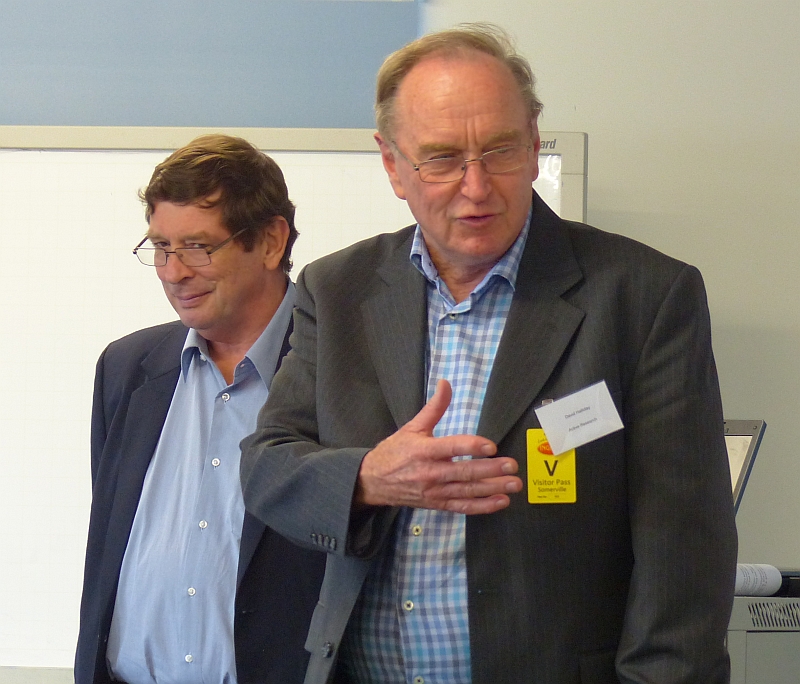With many limits in efficiency being reached within poultry production parameters, producers are looking at further cost savings via incremental gains. One such prospective cost saving is the potential resource that may be found in waste streams generated from growing, processing and hatching chickens at a commercial scale. This prospective saving coupled with an increasing cost of disposal of these waste streams sets the scene for industry to reap the benefits of investigating technologies to turn these traditional costs into potential revenue.
Poultry CRC participant Active Research has recently completed a project titled Adding value by sustainable waste processing. Looking to mitigate waste streams from poultry hatcheries and processing facilities, and recover energy in the process, the project utilised a reactor-based Anaerobic Digestion (AD) system to treat waste streams that have traditionally been sent to landfill. A workshop was held recently At Ingham’s Enterprises Somerville processing facility in Victoria to discuss the outcomes of this research, and the potential for commercial application by industry.
Project leader Mr David Halliday, was joined on the day by 24 delegates from Inghams, Baiada, Hy-Line Australia, DMD Poultry, Turi Foods, Australian Chicken Growers Council, Victorian Farmers Federation, Victorian Chicken meat Council, the Clean Energy Finance Corporation and Poultry CRC. The workshop discussed David’s research, introduced the Clean Energy Finance Corporation and heard from Dr Tim Munster from CSIRO on nutrient (N, P & K) recovery from waste. For those unfamiliar with Clean Energy Finance Corporation, we would strongly encourage you to learn more at their website.

The project tested the handling, pre-treatment and digestion processes for three types of waste; mortality birds, hatchery waste and processor waste. After maceration of waste material to a pumpable homogenous material with a particle size <3mm, waste was exposed to 40 kHz sound waves, in a process known as sonification. David explained, “In order to achieve efficient digestion, and thereby reduce retention time, you need to expose the waste to microbes in the digester quickly and efficiently, and for this purpose we used sonification. This technology utilises sound waves to disrupt cell structure, thereby presenting the contents of the cells to microbes such that the digestion process starts immediately, as the microbes do not have to penetrate cell walls”. In addition to the reduction in time required for digestion less sludge is produced and methane production is maximised.
A significant amount of trial time was also consumed in engineering solutions to cope with the high propensity for foam and rafting to build up in the head of the reactor. Additionally, separating egg shells from the hatchery waste was also required as shells proved problematic to digest. Whilst it is believed that these two challenges have been met, the lost time heavily limited the ability of the project team to conduct extended runs of material, and in turn robust data on gas yields was difficult to obtain. However, anaerobic digestion was successfully achieved across all waste types in as much as high strength, difficult to handle materials were successfully converted to biogas and a much lower-strength liquid, with minimal residual volume of undigested material remaining. The biogas produced at all stages contained a high proportion (in the order of 70%) of methane.
The project yielded a greatly improved understanding of the mechanical and analytic issues likely to be confronted when digesting poultry industry wastes. Of particular benefit are the pre-treatment processes plus management of foaming and rafting, which, if not handled properly, can seriously affect the digestion process. However, there are a number of aspects of the design that have not been tested at larger scale.
The project clearly demonstrates the potential for a reduction in landfill costs, energy and nutrient recovery for fertiliser manufacture from the digestate, and to provide another income stream for the poultry industry as a whole.
For further information on this project please contact the Poultry CRC (admin@poultrycrc.com.au).


